-
Products
- Gas analysis systems
- GAOS SENSON gas analyzers
- GAOS MS process mass spectrometry
- MaOS HiSpec ion mobility spectrometer
- MaOS AxiSpec ion mobility spectrometer
- Applications
- News
- Events
- About us




Gas analyzing systems based on TOF mass spectrometers can be successfully used for:

The modern technologies in radio-electronics, cryogenic, laser, space techniques, medicine demand more and more high-purity gases, making more and more strict requirements under the concentration of the micro impurities. The technology of production of high-purity gases demands modern analytical methods both for operative control of the technological process and for quality assurance of raw materials, intermediate and end products.

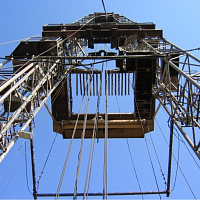
Application of the GAOS MS-20-7 mass spectrometer in geology:
gas surveys (hydrocarbons, carbon dioxide, sulfur gases, helium, hydrogen, etc.) by searching for oil, gas and ore deposits to identify promising areas and reduce exploration drilling costs;
analysis of fluid inclusions in the sample of solid rock, isotope analysis of gases during geochemical studies, ultra-deep drilling.

An experimental installation for plasma gasification of solid waste is being operated at the Institute of Electrophysics and Electric Power of the Russian Academy of Sciences. With the help of this experimental facility, technologies are being developed for processing various types of solid waste, the production of synthesis gas, which can be used in the power industry or as a raw material for the chemical industry.


It was shown the impulse acoustic microscopy is a powerful technique for studying the internal microstructure and local elastic measuring in the bulk of nanocomposite materials.
It was the first time when the occurrence of complicated fractal mesostructure in the bulk of nanocomposites has been shown.
The efficient agglomeration of carbon nanofiller in the bulk of carbon nanocomposites has been demonstrated for 2D carbon nanoforms.
Local elastic measurements demonstrated sufficient elastic homogeneity of carbon nanocomposites despite the occurrence of bulk mesostructure.
Ultrasonic elastic measurements demonstrate the minimal influence of nanofiller on the elasticity of carbon nanocomposites for a wide spectrum of carbon nanoforms being used as nanofiller – from exfoliated graphite up to carbon nanotubes and thick graphene stacks.
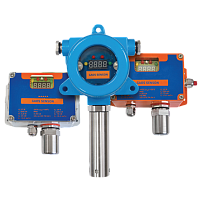
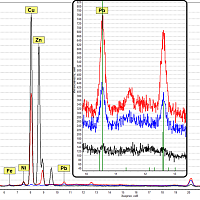
The analysis demonstrated a possibility to analyze solders to measure Pb, Sn, Ag, Sn, Cd composition. To make quantitative analysis it is necessary to make CRMs.
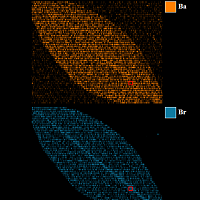

The study revealed the presence in icon paints of such elements as Ca, K, Zn, Cu, Ni, Co, Mn, Fe, Sr, Ba, Hg, Pb.
Information about the presence of certain elements in the pigments of paint helps in determining the age of the art object. And their spatial distribution gives information about the technique of writing the image – for example, the technique of multi-layer painting, technique a la prima, etc.

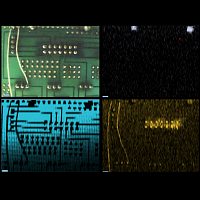
Microscope-microprobe XROS MF30 allows analyzing PCB by IЕС 62321-3-1-201 with element distribution map.
The analysis demonstrated the presence of traces of lead, chrome, cadmium, bromine in the PCB. These elements should be monitored according to IЕС 62321-3-1-201. It was also determined their distribution through PCB. Semiquantitative analysis was done by fundamental parameter method.
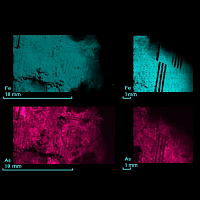
XROS MF30 was used to get different elements distribution on the sword fragments.

As a result of investigation, the presence on the target material (paper and textile) of micro inclusions of such elements as Mn, Fe, Ni, Cu, Zn, Pb was detected. The density of these points decreases with distance from the bullet hole, it means that they are products of the shot.
Using the built-in software of the mathematical methods, the size of points with micro inclusions was estimated. The maximum diameter of micro inclusions is estimated to be about 40 microns. Most micro inclusions have a smaller diameter.

The method of X-ray fluorescence mapping makes it possible to obtain maps of the element distribution, which can explain technical and technological features of archaeological objects made of metal, the composition of alloys used for the base and the ornament. It is very important that during the experiment it was possible to show the applicability of the method to detect the ornament invisible on the surface even before the restorative intervention. Since the method is nondestructive, it was done without any harm and without changes in the material structure of the object.

One of the advantages of the MicroXRF method for fingerprint analysis is the ability to be used regardless of the surface on which the fingerprint was left (flat solid surface, paper, fabric, or porous surface).